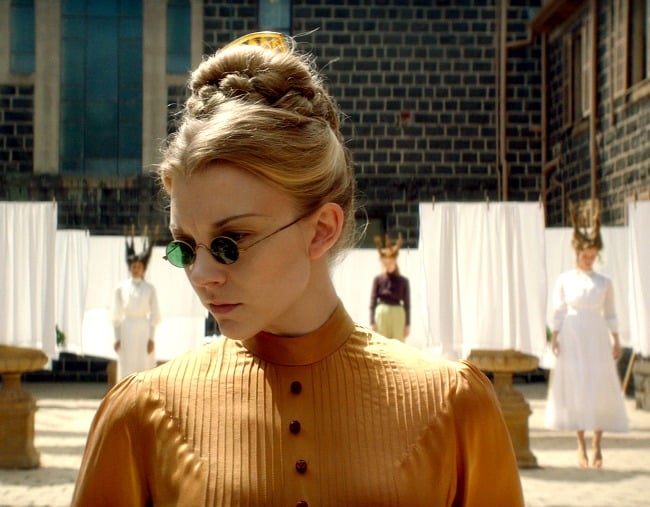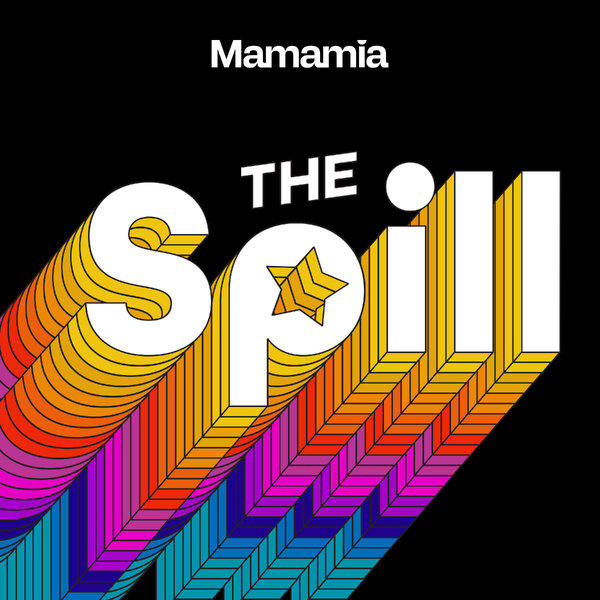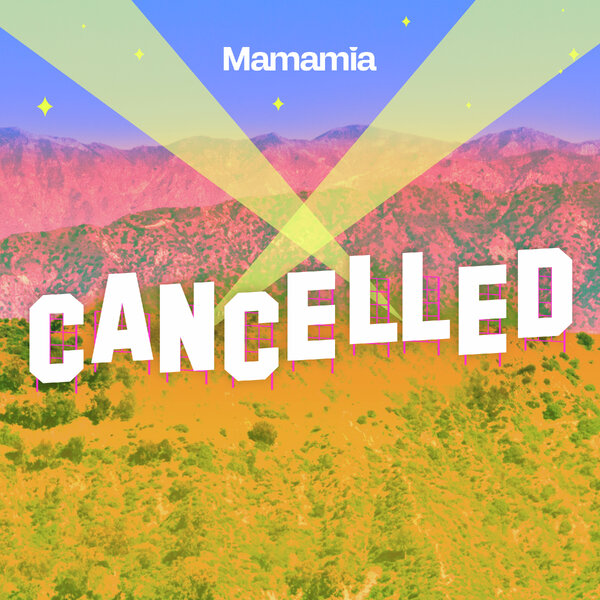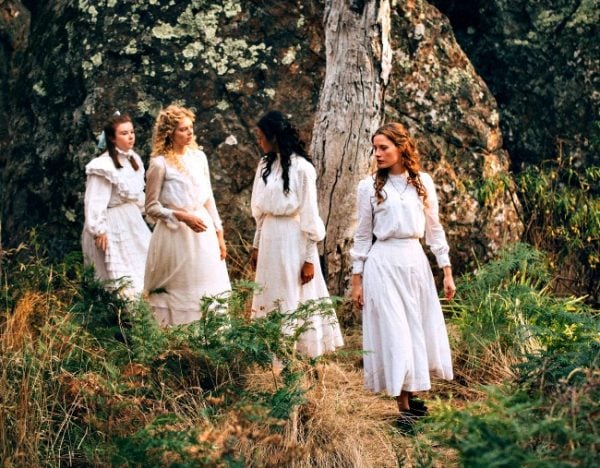
It’s one of our country’s most enduring books, a haunting tale set against the backdrop of the Australian outback that stays with you long after you turn the last page.
Picnic at Hanging Rock is a story that has entertained and enthralled generations of Australians, through both the original novel and the acclaimed film adaption.
The story, which is set in 1900, follows the mystery surrounding three girls and their teacher who go missing during an idyllic school picnic at Hanging Rock, never to be seen again.
While the story has been told and re-told in many ways over the years, one lingering question has always clung to the work like the remnants of an old dream.
Just how much of this iconic story, if any at all, is actually anchored in reality?
Or is it all just a work of complete fiction masquerading as historical fact?
This question is once again on everyone’s lips thanks to the fact that a new imagining of Picnic at Hanging Rock being on Australian screens via Showcase and Foxtel.
The six-part series broadens the story already told through Joan Lindsay’s iconic 1967 novel of the same name and Peter Weir’s 1975 film adaption of her work.
While there is no historical proof or documentation that proves the events depicted in Picnic at Hanging Rock actually happened, there are some real life elements woven into the tale.
The trailer for the new TV series Picnic at Hanging Rock is beyond haunting.



Top Comments
I climbed Hanging Rock in my late teens with friends. I called Miranda often and loudly and listened to the echoes. She didn’t come or reply.
Just like my husband in the yard.
I am astounded how many people will argue strongly that there is a grain of truth in this work of fiction.
It is entirely fictional. It was based on the authors dreams. The only reality is that Hanging Rock exists, but the setting was inspired by a painting her husband owned, although she had visited Hanging Rock in her childhood and knew it well. .
The confusion began as the novel is set in a real place, presented as if it is a true story, and even includes a 1913 'newspaper extract' in its afterword, which made it appear more real.
The author deliberately never corrected the myth that it's based on true events; she liked to encourage it. It was excellent PR in making the story a legend. She tried to be ambiguous, and would also hint at parts of it being possibly inspired by true events.
Further to this, in 2017, in conjunction with the 50th anniversary of the novel's publication, an Australian doctoral student named Amy Spiers began the "Miranda Must Go" campaign, criticizing the novel's propagation of itself as a true story in relationship to local tourism at Hanging Rock.
Spiers argued that the focus on the fictional narrative obscures its longer history and connection with the Aborigines:
"At Hanging Rock we've become obsessed with the myth almost to the point where we sort of tell it as though it is a true story, but we completely ignore the true losses that have happened there. Most of the Aboriginal people living in that area died of smallpox or were murdered by colonists or removed to Coranderrk [Aboriginal Reserve in Healesville] in 1836 ... It's just fascinating to me that we keep choosing to be haunted by a [fictitious] story rather than the real losses that have occurred in that place."
Spiers cited the common practice among tourists to scream "Miranda!" from atop the rock as an example of the site's strong cultural associations with the novel and its film adaptation; she also noted that the visitors' centre caters significantly to the myth of the "missing schoolgirls," with dioramas, videos, panels and soundtracks from both the novel and the film, while the real history of the monolith and its significance to the indigenous culture was less acknowledged. Supporters of the campaign held a protest on St. Valentine's Day 2017 at the rock.
In response to the campaign, Luke Spielvogel, the president of Friends of Hanging Rock, noted that the novel and particularly, the character of Miranda, captured the "ethereal, mysterious nature of the rock"; he also suggested the novel and character should remain part of the "broader tapestry" of the site:
"For 40,000 years Hanging Rock has brought people together, and Miranda and the film and the book are all part of that story. But a significant part of that story was to understand the Indigenous history and further investigate the Indigenous name ... We focus on one aspect of popular culture around Hanging Rock, and I think what Amy is trying to do is tell a broader story, and we certainly support that"
This novel was the original "Blair Witch Project"